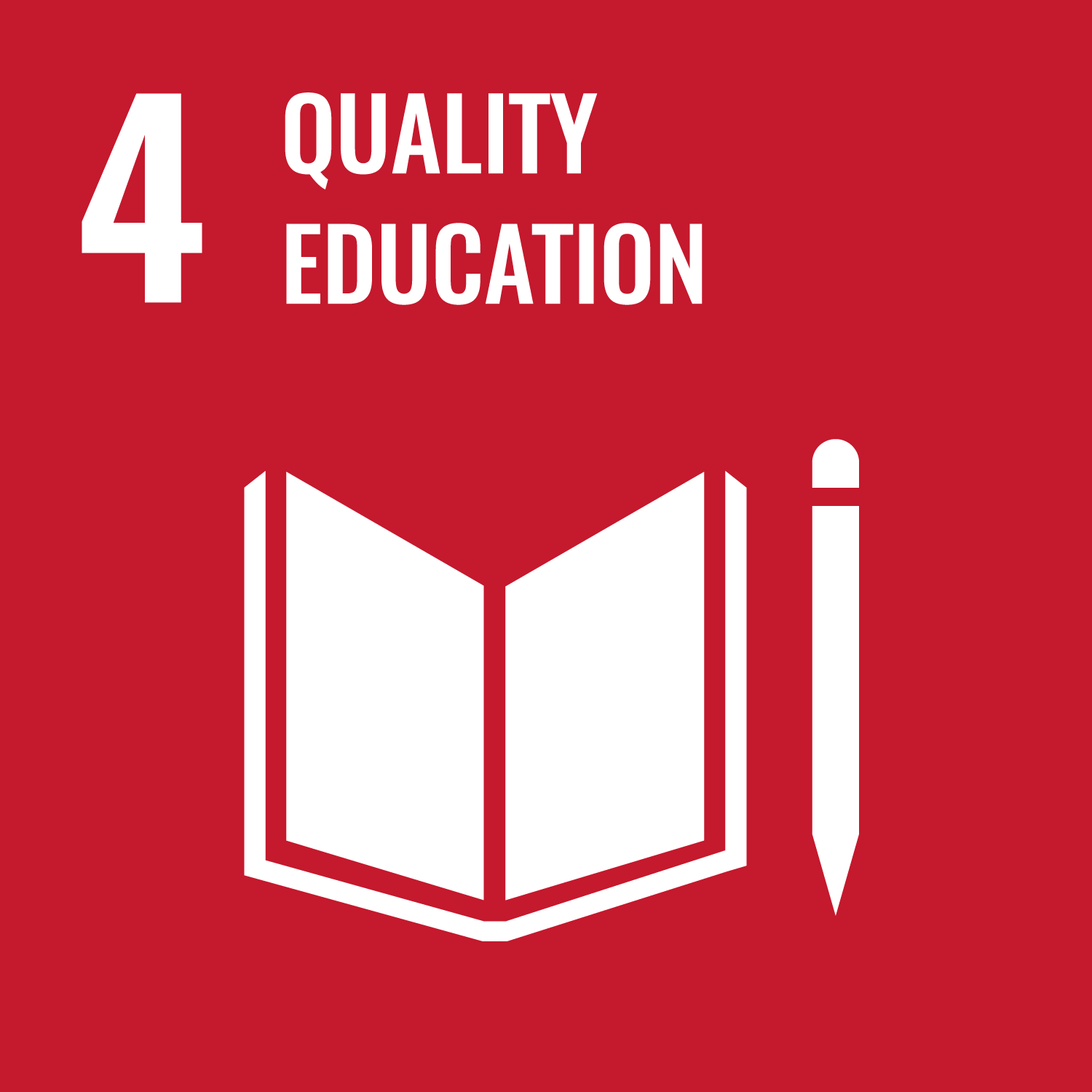ORCID
- John Chilton: 0000-0001-9436-1357
Abstract
This article explores the underutilized potential of incorporating gamified approaches into anatomy outreach initiatives. While gamification and game-based learning approaches have been widely adopted in formal educational settings, there is a surprising lack of research on their application for community-based public engagement with anatomy. We emphasize the importance of involving community partners from the outset to co-design gamified outreach activities. A collaborative approach tailors the final products to the needs, preferences, and resources of the target audiences. By actively involving end users, co-design fosters a sense of ownership, relevance, and long-term sustainability for the educational resources. This article also presents a practical guide for evidence-based implementation of gamified anatomy outreach, drawing on key learning theories. We discuss strategies for supporting participant motivation and fostering an optimal “flow” state, as well as principles of cognitive load theory and social learning. We also apply each of these theoretical frameworks to illustrative examples, demonstrating how gamified learning can enhance the accessibility, engagement, and retention of complex anatomical concepts. We conclude by presenting practical distinctions between implementing gamified approaches in academic versus community settings, highlighting considerations around technology, resources, and audience diversity. By bridging the gap between gamified learning research and public engagement principles, this article aims to provide practical guidance for anatomy educators, outreach coordinators, and game designers seeking to create more accessible, equitable, and impactful experiences for their communities.
DOI Link
Publication Date
2025-03-18
Publication Title
Anatomical Sciences Education
ISSN
1935-9772
Acceptance Date
2025-02-28
Deposit Date
2025-04-04
Additional Links
Keywords
anatomy, anatomy education, community engagement, educational outreach programs, game-based learning, gamification, gamified learning
Recommended Citation
Stiver, M., Naveed, A., Chilton, J., & Moyes, S. (2025) 'Gamifying anatomy outreach: An underexplored opportunity', Anatomical Sciences Education, . Available at: 10.1002/ase.70019



